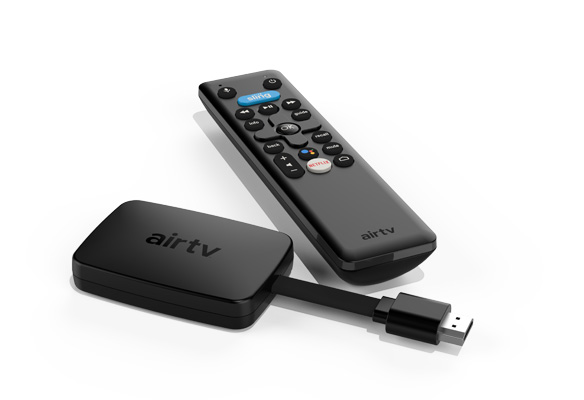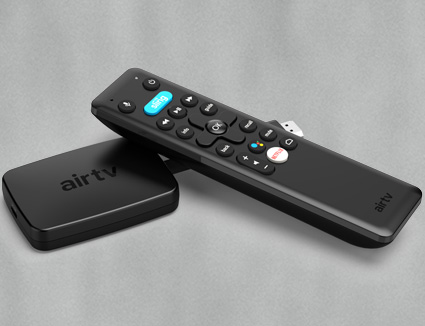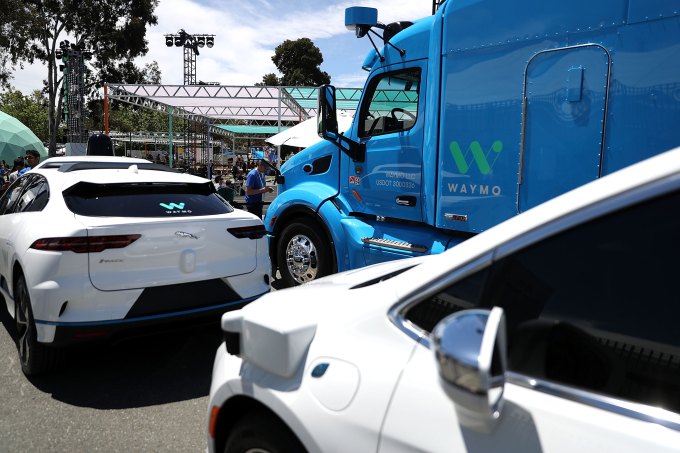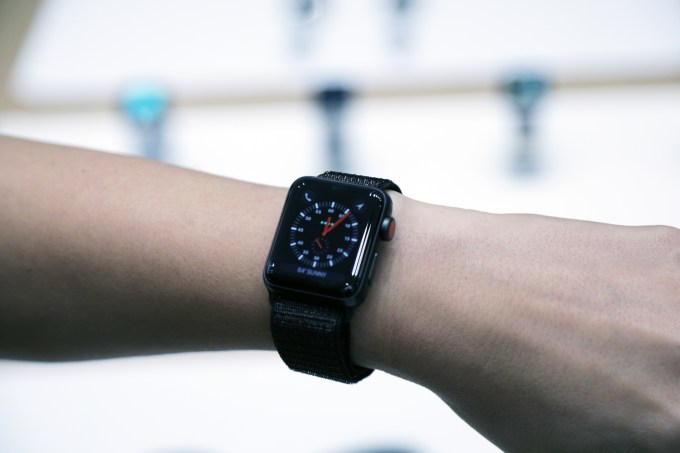Alan Turing, one of the pioneering figures in modern computing, and also a tragic one in LGBT history, will soon appear on the U.K.’s £50 note. He was selected from a shortlist of scientists and bright minds so distinguished that it must have made the decision rather difficult.
The nomination process for who would appear on the new note was open to the public, with the limitation this time that those nominated were British scientists of some form or another. Hundreds of thousands of votes and nearly a thousand names were submitted, and ultimately the list was winnowed down to the following dozen (well, 14, with two pairs; descriptions taken from the Bank of England’s summary):
- Mary Anning (1799-1847) – a self-taught palaeontologist known around the world for the fossil discoveries she made in her hometown of Lyme Regis.
- Paul Adrien Maurice Dirac (1902-1984) – whose research revolutionised our understanding of the universe’s smallest matter.
- Rosalind Franklin (1920-1958) – who drove the discovery of DNA’s structure, a critical breakthrough in our understanding of the biology of life.
- Stephen Hawking (1942-2018) – who made outstanding contributions to our understanding of gravity, space and time.
- William (1738-1822) and Caroline Herschel (1750-1848) – a brother and sister astronomy team devoted to uncovering the secrets of the universe.
- Dorothy Crowfoot Hodgkin (1910-1994) – whose research using x-ray crystallography delivered ground-breaking discoveries which shaped modern science and helped save lives.
- Ada Lovelace (1815-1852) and Charles Babbage (1791-1871) – visionaries who imagined the computer age.
- James Clerk Maxwell (1831-1879) – who made discoveries which laid the foundations for technological innovations which have transformed our way of life.
- Srinivasa Ramanujan (1887-1920) – whose incredible talent for numbers helped transform modern mathematics.
- Ernest Rutherford (1871-1937) – who uncovered the properties of radiation, revealed the secrets of the atom and laid the foundations for nuclear physics.
- Frederick Sanger (1918-2013) – whose pioneering research laid the foundations for our understanding of genetics.
- Alan Turing (1912-1954) – whose work on early computers, code-breaking achievements and visionary ideas about machine intelligence made him one of the most influential thinkers of the 20th century
Some of the best intellectual company conceivable, to be quite honest. Each of these people was enormously influential in their respective field, although as usual some didn’t get the credit they deserved while living.
Turing was of course an example of this. His work on codebreaking during World War II (alongside his many colleagues at Bletchley Park and beyond, naturally) contributed hugely to the Allied war effort by allowing them to secretly read Axis communications thought to be rendered unreadable by the ingenious Enigma system.
Part of that work, and Turing’s papers on general computing theory written at the time, laid the foundation for many of the concepts that underpin computational systems today. The modern computer is a collaboration among many people in many countries over several decades, but Turing was among the vanguard in theory and execution.
Unfortunately, not only was much of his work required to be kept secret for decades afterwards, limiting the knowledge of his accomplishments to a select few, but after the war he was later persecuted by the British government for being a gay man.
Charged with indecent acts, he was subjected to mandatory chemical “treatment” for his sexuality: humiliating and unjust compensation for a man who saved thousands, perhaps millions, of lives and helped create the defining technology of the 20th century in the process. He was found dead in his apartment, having apparently committed suicide, on June 7, 1954.
He was officially pardoned in 2014 after years of consideration and outcry, especially following both the increasing visibility and action of LGBTQIA figures in the present/, and a resurgence of interest in Turing and his collaborators’ contributions to the history of computing and the war effort.
Even with such an extraordinary story, it must have been difficult to pick Turing out from the crowd of luminaries nominated alongside him. You can check out some of the people and thought behind the decision in this video put out by the Bank of England:
The note itself isn’t finalized, but it will resemble the top image. It uses the most famous image of Turing, and will feature notes from his papers and notebooks, a picture of the Automatic Computing Engine (an early digital computer), a quote and signature, and more. Should be a handsome little bill. You’ll see it in circulation starting in 2021.
Source: Tech Crunch









